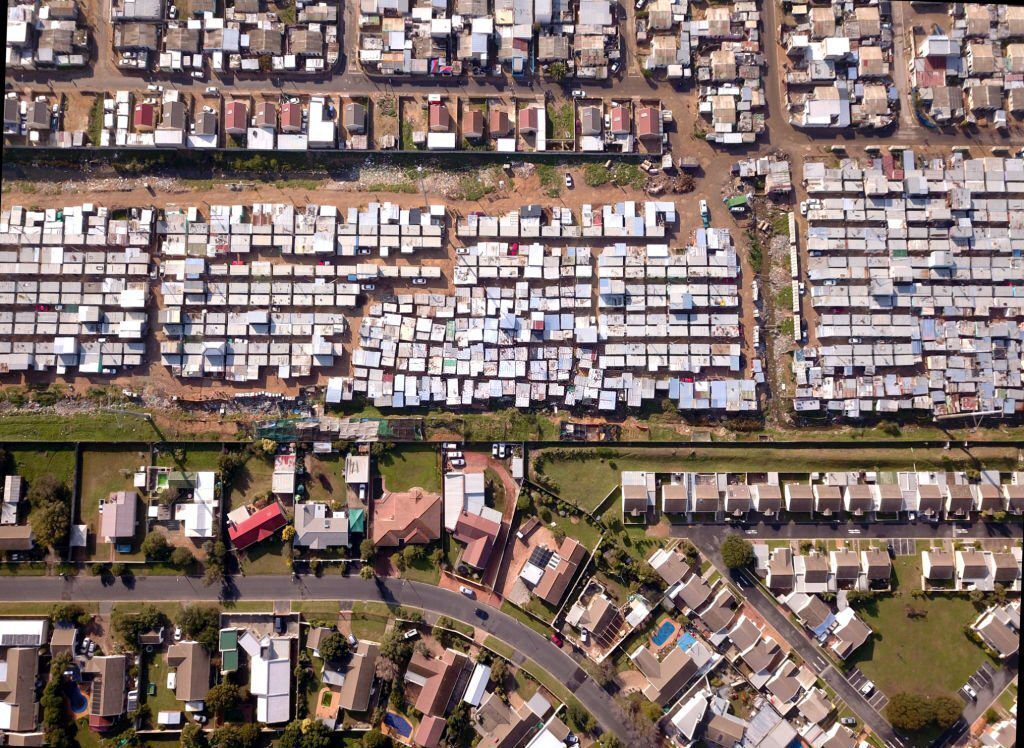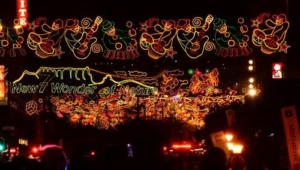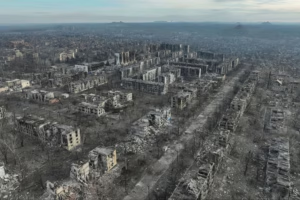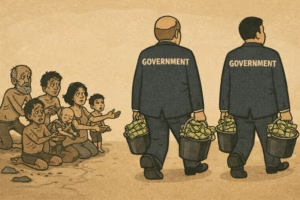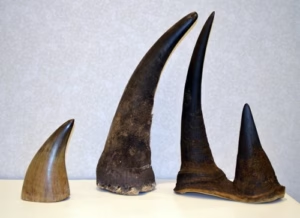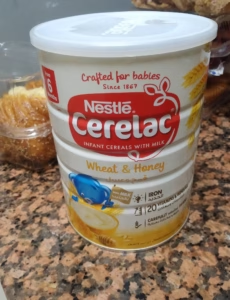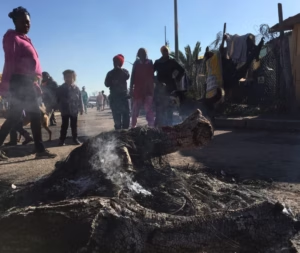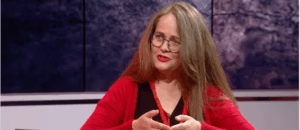Cape Town is a city full of contrasts, with both poverty and wealth. After passing by shacks or outside toilets, you can drive twenty minutes to see beautiful buildings and lush green avenues.
It’s truly multicultural because there are so many cultures and countries represented here. This week, I met people from the following countries: Sweden, Germany. Yemen, Qatar. Dubai, England. Zimbabwe, Congo. Malawi. Ireland. Israel. Bangladesh. Pakistan. Libya. The USA …. It’s Thursday already.
Baskin Robbins can be enjoyed while you walk along the Sea Point promenade. Or, take a township tour to see how fresh braaied meat is prepared on a charcoal grill. A Cosy Corner Gatsby can be enjoyed in Wynberg, while Gatesville offers a sweet golden jelebi. You can also have sushi made by a Congolese chef at a Chinese restaurant run by a Lithuanian.
People – and I don’t mean White people – tend to forget the False Coast also includes Strandfontein, and portions of Mitchell’s Plain. They don’t realize that the Southern Suburbs does not include Retreat and Steenberg and is more on the side of the Cape Flats, and that Langa and Bonteheuwel technically fall within the Northern Suburbs. They forget that Cape Town is home to two of the largest townships in South Africa, Khayalitsha (and Mitchell’s Plain). These two areas have a significantly higher population than those in more wealthy areas.
Cape Town houses start at 250k to R250million. Majority of the people are poor and middle income.
If you have the means to purchase it, you can buy a house, penthouse or flat as well as a smallholding or wine farm. Rent is a bit more tricky but these days it cheaper to rent than to buy a house via bank loan. The banks also charge 100% on the loan you take out over 20 years. For example, a house of a R1000000 will cost you R2000000 after 20 years at 10% interest.

